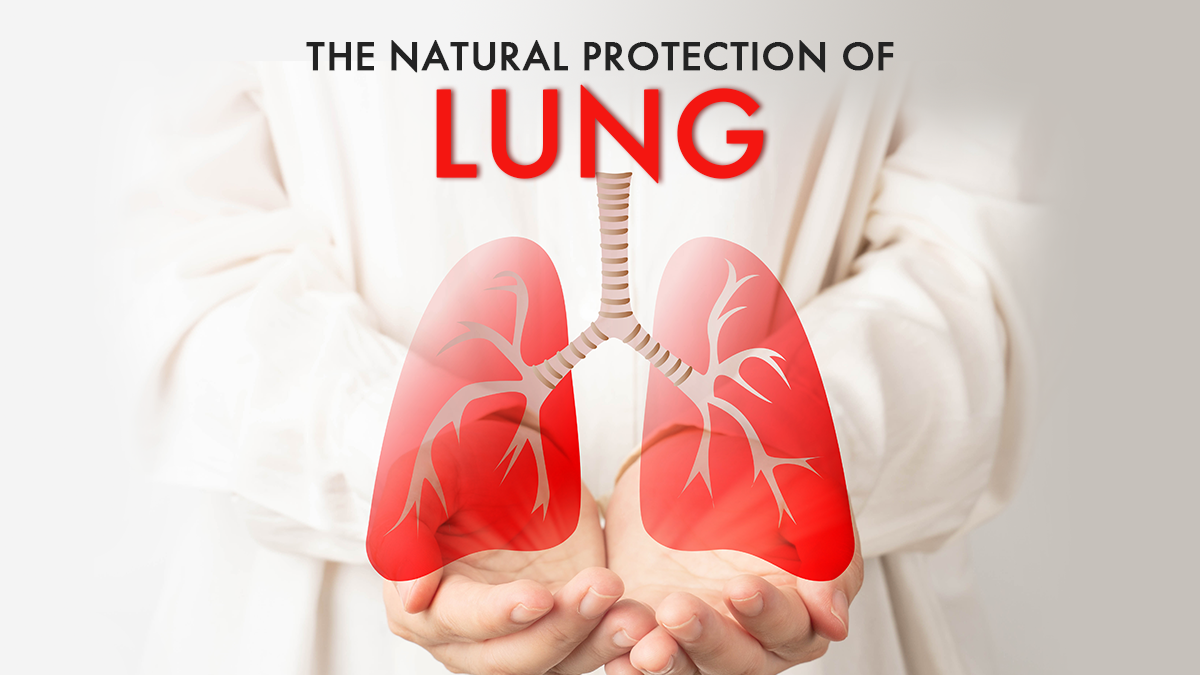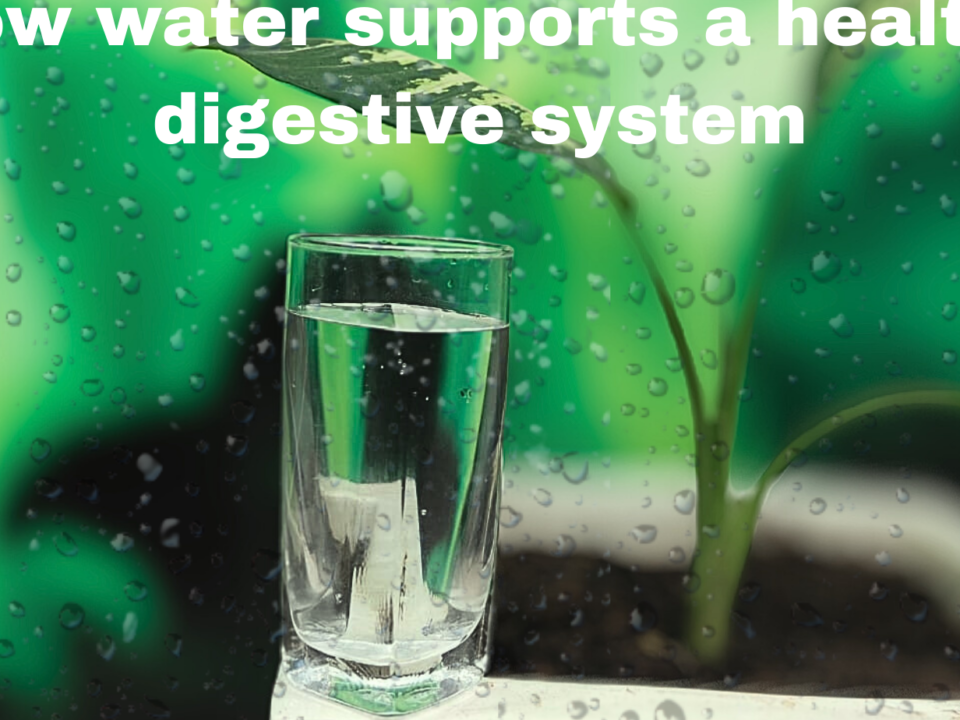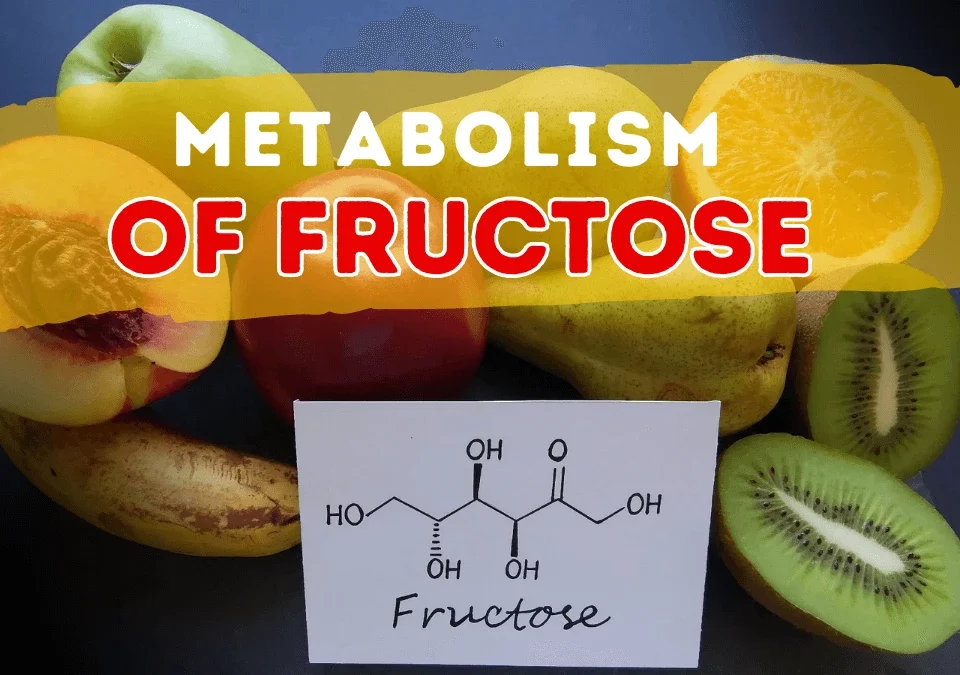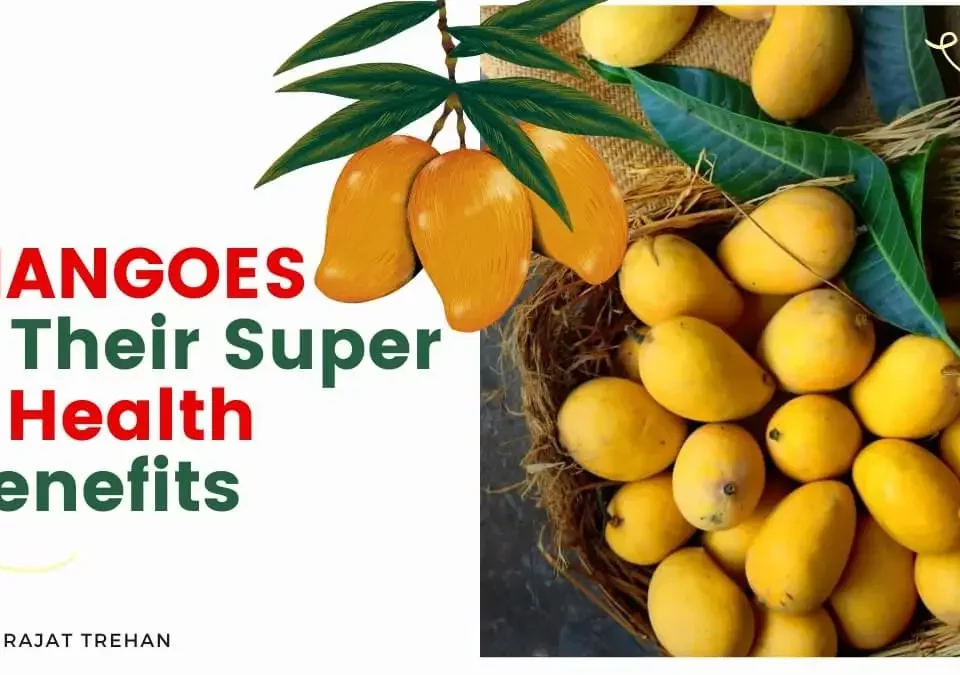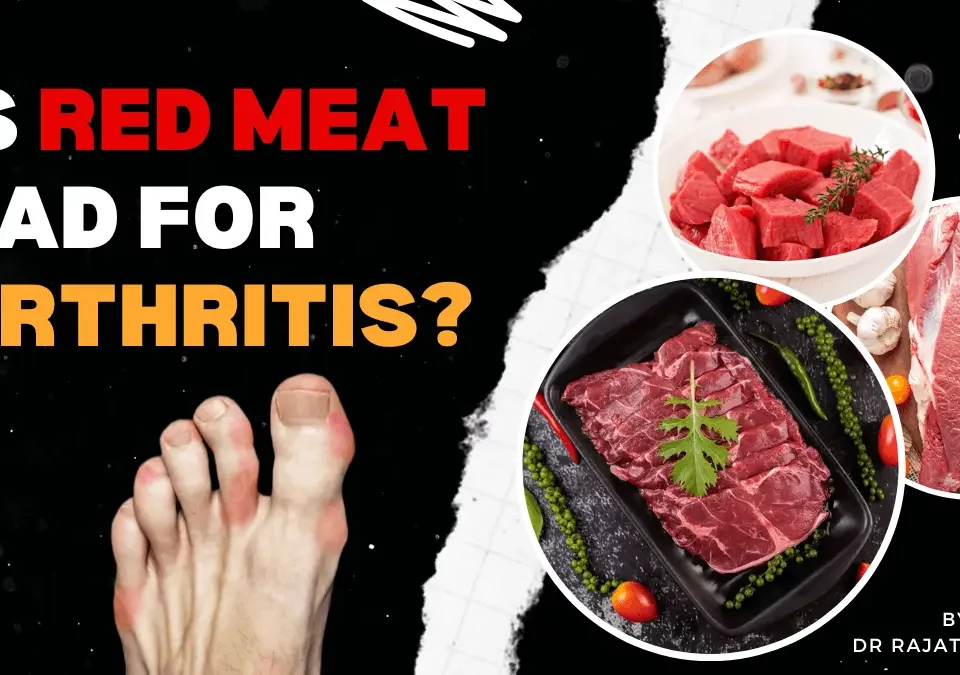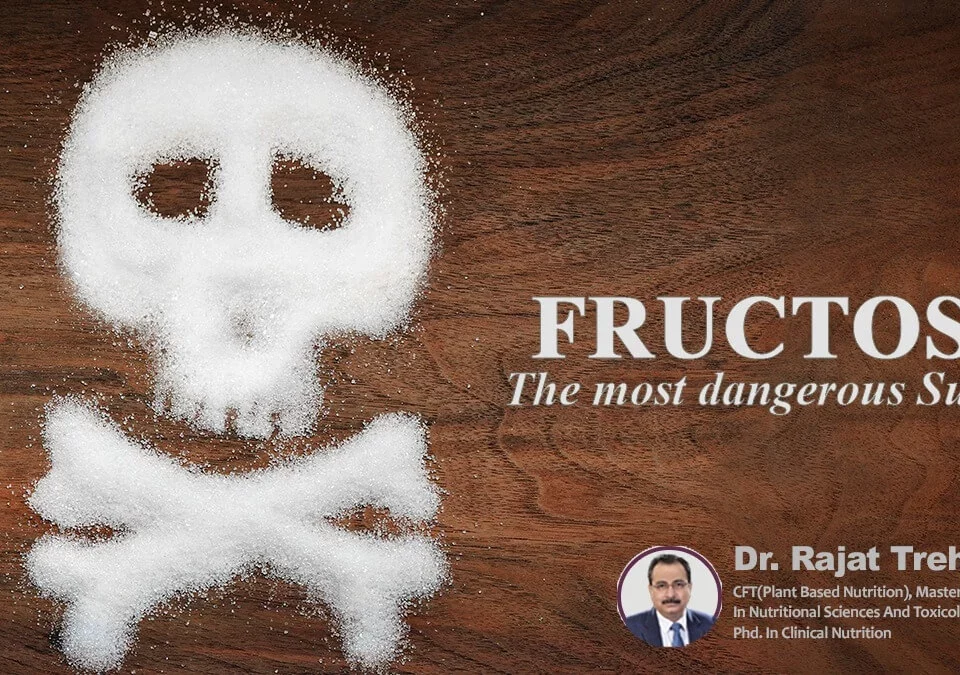The Natural Protection of Lung

Lung & Cellular Nutrition-Introduction
May 11, 2022
ASTHMA
May 21, 2022The Natural Protection of Lung.
The first line of defense against these poisonous pro-oxidants is called the epithelial lining fluids (ELFs). The thick mucus lining covers the nose and nasal passage to the tip of the lungs. The epithelial cells have cilia, which form an excellent brush border that sweeps the inhaled foreign particles, bacteria, and viruses back outside. The thick mucous lining contains many anti-oxidants that neutralize inhaled pollutants like ozone, nitrogen dioxide, and fuel emissions. They provide extreme and adequate protection that the contaminants do not contact the underlying epithelial cells most of the time.
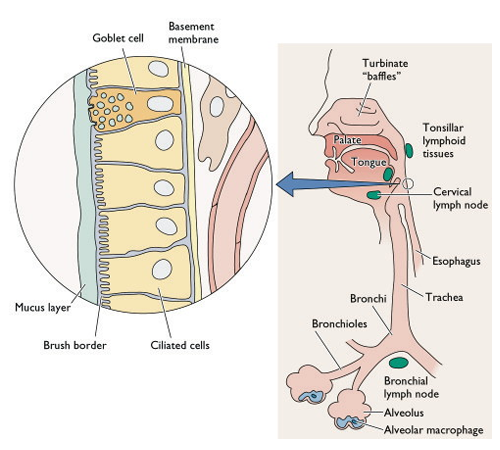
(Photo credit: www.virology.ws)
With ELFs as the first line of defense, the mucous, cilia, anti-oxidant, and immune response work as a team in preventing infections in the respiratory tract. The function of epithelial cells is to produce and secrete anti-oxidants into the mucous barrier like vitamin C, vitamin E, and glutathione. These anti-oxidants make the pollutants neutral, protecting lung tissues and lung function. An essential anti-oxidant is Vitamin C which acts on these pollutants. Vitamin C is important because it can regenerate Vitamin E & glutathione.
Sometimes infections & exposure to airborne pollutants can overwhelm the local anti-bacteria, anti-virus, and anti-oxidant systems found in epithelial lining fluid (ELF). When this happens, a tremendous inflammatory-immune response occurs, making the ELF of the lungs very thick. This response attracts many white cells that attack the invading organisms or pollutants.
As you know, our immune response can cause an excessive amount of inflammation. If the virus, bacteria, or pollutants are quickly cleared, everything settles down. But if that doesn't occur or the inflammatory response is not terminated or controlled. It can cause injury to epithelial cells that can cause chronic inflammation that can damage the lungs' tissues and destroy its function.
Next Blog- Asthma

